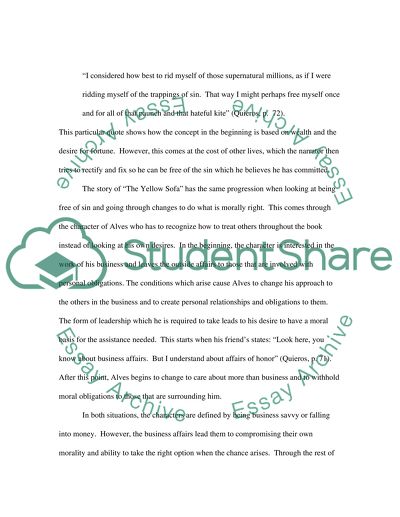Cite this document
(“Portuguese Literature Analysis: The Mandarin and the Yellow Sofa Essay”, n.d.)
Retrieved from https://studentshare.org/literature/1426773-portuguese-literature-analysis-the-mandarin-and-the-yellow-sofa
Retrieved from https://studentshare.org/literature/1426773-portuguese-literature-analysis-the-mandarin-and-the-yellow-sofa
(Portuguese Literature Analysis: The Mandarin and the Yellow Sofa Essay)
https://studentshare.org/literature/1426773-portuguese-literature-analysis-the-mandarin-and-the-yellow-sofa.
https://studentshare.org/literature/1426773-portuguese-literature-analysis-the-mandarin-and-the-yellow-sofa.
“Portuguese Literature Analysis: The Mandarin and the Yellow Sofa Essay”, n.d. https://studentshare.org/literature/1426773-portuguese-literature-analysis-the-mandarin-and-the-yellow-sofa.


